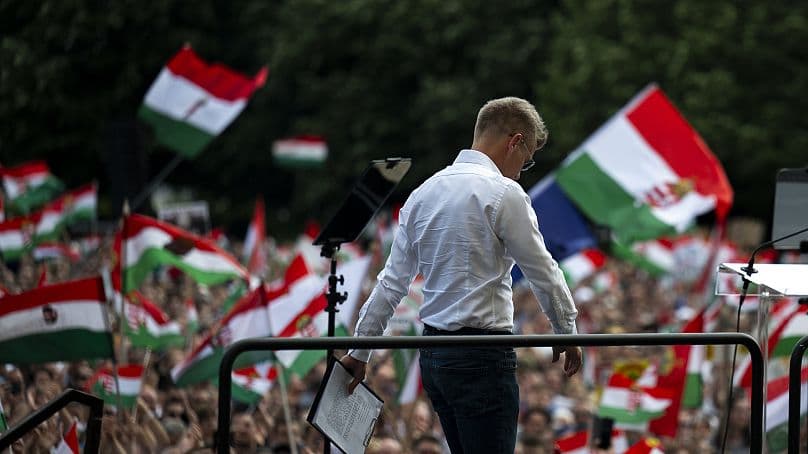Orbán Faces Rural Backlash as Péter Magyar Gains Momentum
Viktor Orbán’s ruling party is confronting an unexpected challenge as Péter Magyar expands support in rural constituencies, raising the stakes for Hungary’s 2026 vote. Observers warn that structural imbalances in media and campaigning mean this contest will test both electoral fairness and democratic accountability.

Péter Magyar’s campaign has moved beyond urban protest corridors and is making inroads in villages and small towns long considered safe territory for Viktor Orbán and his Fidesz party. That shift has intensified a high stakes political contest that will shape Hungary’s governance and its relationship with the European Union ahead of the 2026 elections.
Analysts point to the strategic importance of rural voters under Hungary’s mixed electoral system, where single member districts amplify local swings into broader parliamentary consequences. Magyar’s appeal in these areas could matter most in tightly contested districts, where turnout and localized persuasion often decide outcomes. For a party that has consolidated power for more than a decade, the erosion of rural dominance would signal a significant political realignment.
The campaign’s dynamics are unfolding against a backdrop of international concern about electoral conditions in Hungary. Bíró-Nagy noted that the past several Hungarian elections were deemed “free but not fair” by the Organization for Security and Cooperation in Europe, which found a “pervasive overlap” between the messaging of Fidesz and the government, as well as biased news coverage that “limited voters’ opportunity to make an informed choice.” The situation for the 2026 elections “has not changed in any sense,” Bíró-Nagy said. “What we see is that there is no level playing field.”
Those institutional critiques matter because they shape how voters receive information and how campaigns allocate resources. Critics of the government point to the concentration of public media, preferential state advertising, and ownership networks that have reduced the reach of independent outlets. Together with changes to electoral administration and constituency boundaries implemented after 2010, these factors are cited as structural advantages for the ruling party.
For opposition campaigns, the path forward requires both message discipline and extensive ground work. Building durable rural support demands sustained local organization, credible local candidates, and the ability to overcome disparities in media access. Magyar’s momentum so far suggests those elements are coalescing in some regions, but converting local gains into national seats will depend on how effectively opposition forces translate enthusiasm into votes in single member districts.
Policy debates are already sharpening. Rural voters can be swayed by pocketbook issues such as agricultural supports, infrastructure, transportation, education, and access to public services. How Magyar and his allies address those concerns, while navigating broader national debates over immigration and social policy, will shape voter choices and the composition of future parliaments.
The unfolding contest offers a test case for democratic resilience in a country that has been at the center of European concerns about rule of law and media freedom. If Magyar’s gains persist, observers say the 2026 election could force a reevaluation of how institutional rules, media landscapes, and civic engagement interact to determine electoral outcomes. If imbalances persist, the legitimacy of the result will remain contested both domestically and internationally.

